
For the first time in nearly two months the daily U.S. coronavirus death toll topped 1,000 on Tuesday, with President Donald Trump acknowledging that the country’s outbreak will likely “get worse before it gets better.” Trump’s comments came during the first coronavirus task force briefing he’s held since April, as he conceded there were now “big fires” in the country, particularly in Florida and across the South and West. He also shelved his past resistance to masks, displaying his own and asking Americans to wear them because “they have an impact.” Meanwhile, three states that have been slammed by the pandemic in recent weeks continued to struggle to handle surges of COVID-19 patients in their hospitals, CNN reported. Hospitalizations in Florida have risen by more than a third in the 12 days since the state started releasing daily hospitalization data. There are now more than 9,500 people hospitalized in Florida and least 53 hospitals in 27 counties said they had no more beds in their ICUs, CNN reported. Miami-Dade County has exceeded its ICU capacity, with 130% occupancy on Monday, state officials reported. In California, Los Angeles County has surpassed its record for daily hospitalizations for the fourth time in the past week, Dr. Barbara Ferrer, the county’s public health director, told CNN. The county has at least 2,232 patients currently hospitalized with 26% of… read on >










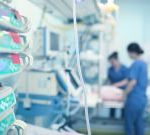

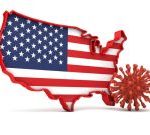

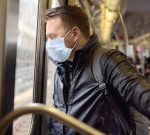
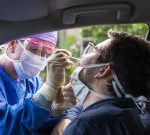

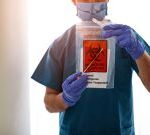





-300x200.jpg)













